Cassini Sends uncalibrated Images of Enceladus

It shows the moon's south polar region, where jets of water vapor and other particles spew from fissures on the surface.
"These first raw images are stunning, and paint an even more attractive picture of Enceladus," said Bob Pappalardo, Cassini project scientist at NASA's Jet Propulsion Laboratory in Pasadena, Calif. "The Cassini teams will be delving into the data to better appreciate the workings of this bizarre, active moon."
Scientists are chiefly interested in the tiger stripes, which are fissures in the South Polar Region, because they discharge jets of water vapor and other particles hundreds of kilometers, or miles, from the surface. This flyby was scientists' last peek at the tiger stripes before the South Pole fades into the dusk of winter for numerous years. The thermal imaging work focused on the tiger stripe known as Baghdad Sulcus.

It shows the ridges and fractures on the surface of the icy moon.
The Nov. 21 encounter, which is occasionally called "E8" since it is the eighth targeted flyby of Enceladus, brought Cassini to within about 1,600 kilometers of the moon's surface, at around 82 degrees south latitude. Cassini is now cruising toward Rhea, another one of Saturn's moons, for additional imaging and mapping work.


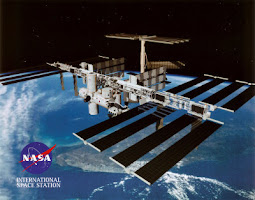
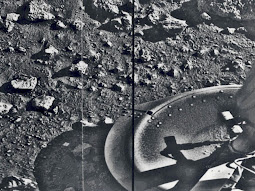
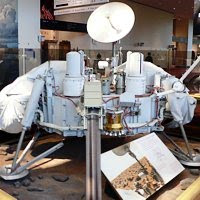


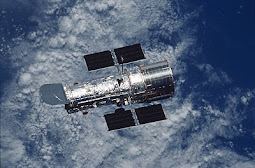
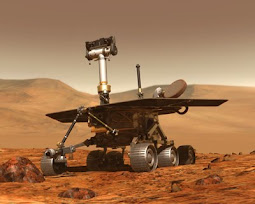



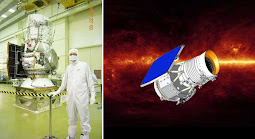
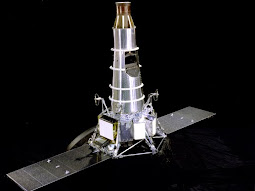
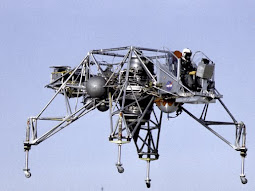



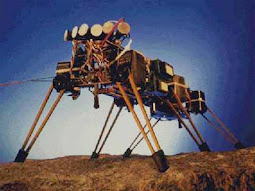
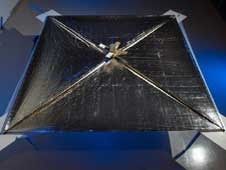


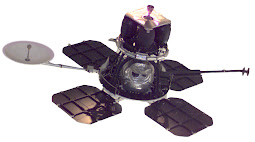
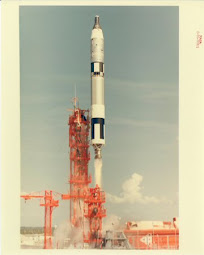


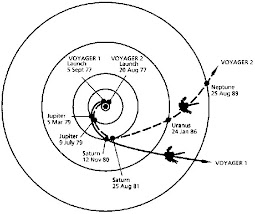

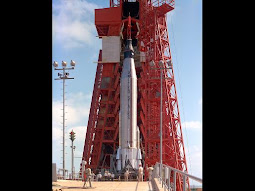

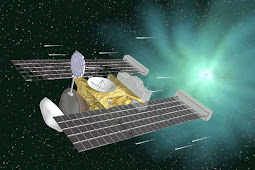
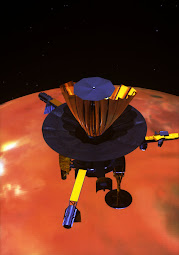
0 comments:
Post a Comment